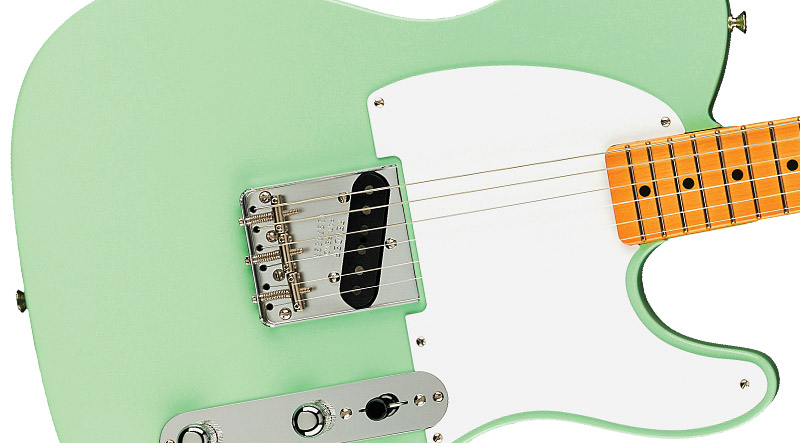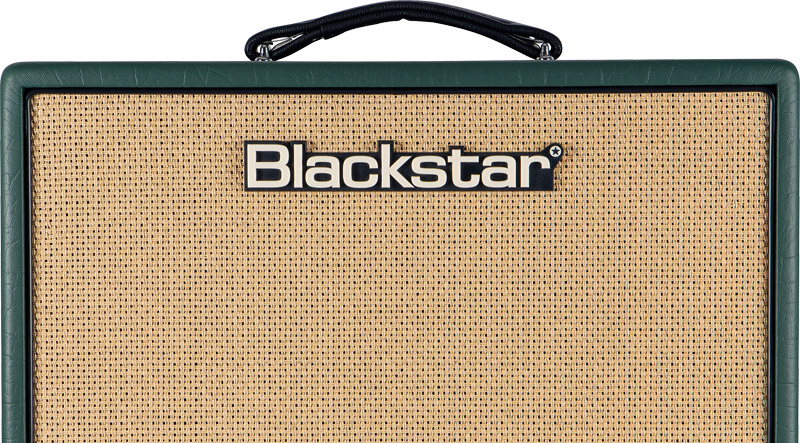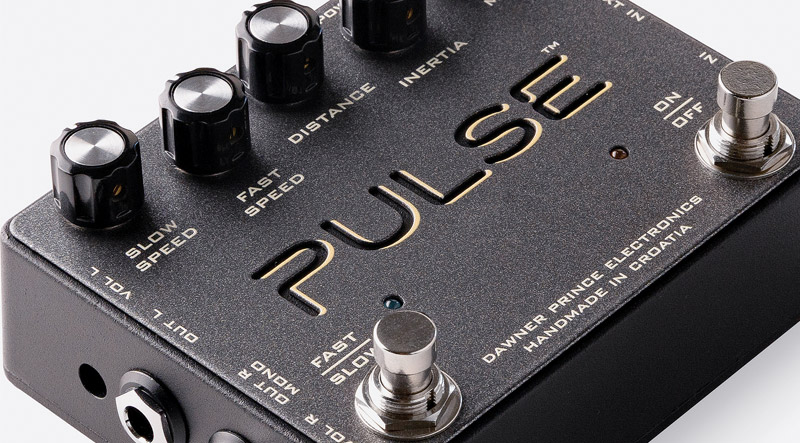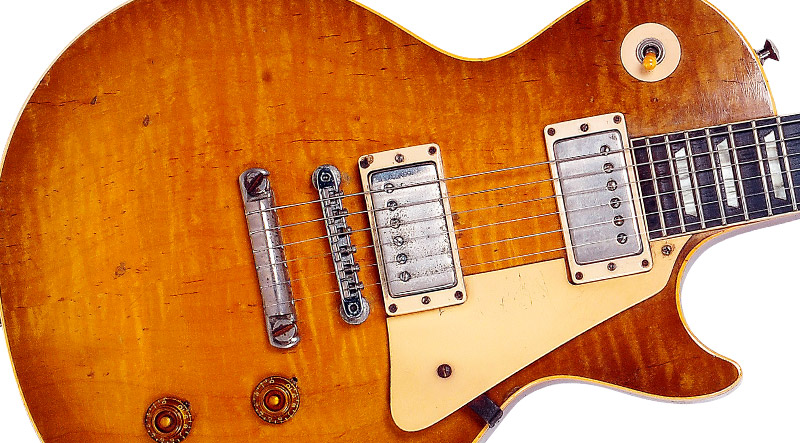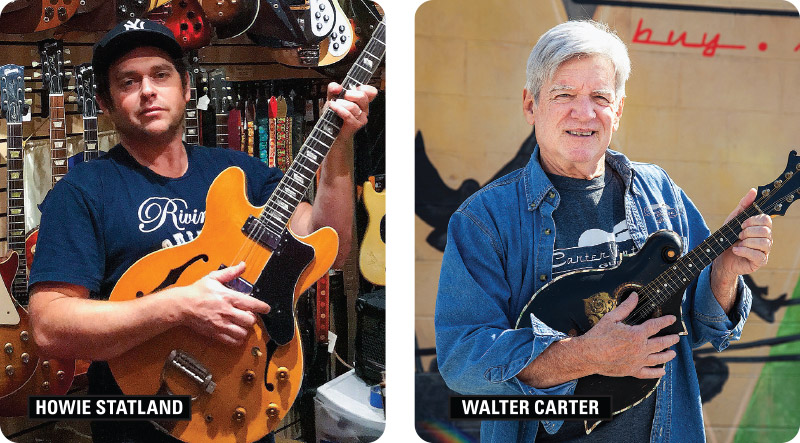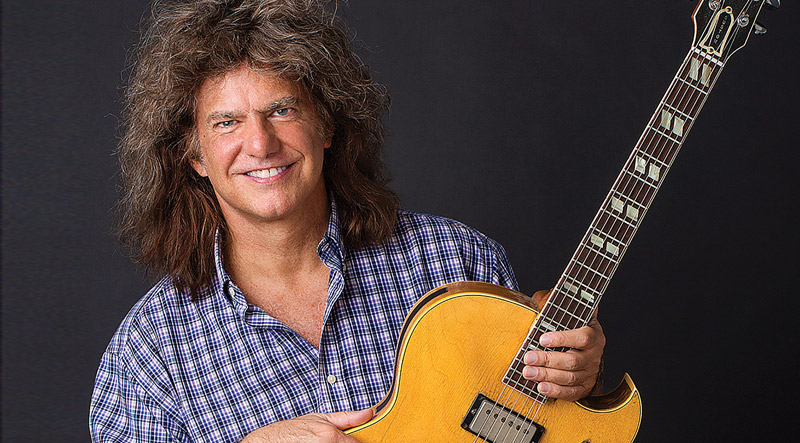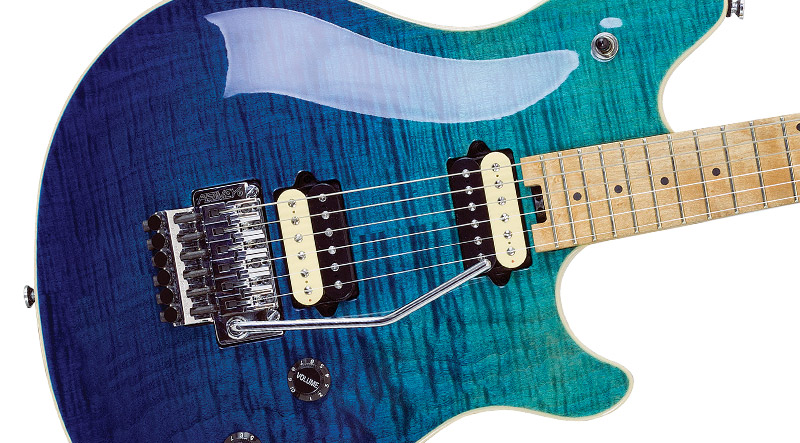
In the September ’20 issue, VG surveyed guitar dealers to learn how they’d been impacted by the early weeks of the Covid 19 pandemic. Times were uncertain, and by March many shops had experienced the expected downturn in revenue due to the absence of walk-in traffic and cancellation of nearly every guitar show. But, dealers adapted and met even the biggest challenge – a pronounced shortage of inventory.
What few saw coming was a rise in demand for collectible guitars. Sans a crystal ball, there was no way to foresee the effect of disrupted spending patterns over an entire population for an extended period of time, or that the federal government would be sending thousands of dollars to the majority of its citizens, many of whom did not need that money to cover essential costs. Those factors, however, helped create a surge in guitar values.
We recently spoke with dealers again to get perspective on the state of the market one year later.
“When our showroom was forced to close, I feared our 50th anniversary could be our last,” said Nashville-based dealer/VG contributor George Gruhn. “But we proved adaptable and have seen a significant increase in demand for prime guitars and basses. Prices have gone up 10 to 20 percent.”
“I’ve seen prices increasing in large part because demand is dramatically outpacing supply,” added Dave Hinson, who operates his Killer Vintage shops in St. Louis and Dallas.
“Acquiring inventory has been difficult. People couldn’t come in, obviously, nor were we getting calls from people wanting to sell.”
“Worldwide, there’s a growing demand and less supply of guitars that goes beyond the pandemic,” noted Nate Westgor at Willie’s American Guitars, St. Paul, who also closely tracks the collectible markets for watches, comic books, and Pininfarina cars, all of which are seeing upticks. “I’ve always thought vintage guitars were undervalued; witness the price of new Fender Masterbuilt or Gibson Custom Shop guitars that are higher than the vintage guitars they copy.”
Dealers who spent years building client lists have continued to do well through the year, as have those with a strong online presence.
“We increased awareness through e-mail blasts and additional signage in our stores, where we have a lot of foot traffic,” said Sammy Ash, COO at Sam Ash Music. “We’ve had to pay up in a lot of cases, and we’re not always able to compensate on the sale side, but we need constant inventory. A lot of nice things came from people who never intended to sell but had to due to hard times. We did the right thing for them; one woman came in asking for ‘…at least $400’ for a mint late-’60s Jaguar. She left with $2,500.”
“I’ve been buying over the internet, something I do not like to do,” said Howie Statland at Rivington Guitars, New York City. “But without the cost of travel, I can pay a little more for things.”
“We were lucky to be called on two collections – one worth a million dollars plus,” said Dave Rogers at Dave’s Guitar Shop, LaCrosse, Wisconsin. “That definitely helped our inventory and also brought in quite a few really good trades.”
“Virtually all of our inventory comes from individuals contacting our store and we saw no interruption or decrease in the supply,” said Walter Carter, Carter Vintage, Nashville. “We paid more on the pieces that are going up in value, and we also paid a little more if we could help an unemployed musician. And though buyers are quick to show evidence of past sales at lower prices, if there are no comparable instruments on the market, their only options are to buy or not to buy at the new price. For the most part, customers are as accepting of rising prices as they’ve ever been.”

“I’ve slowly raised prices on most of my vintage inventory and related parts – 10 to 20 percent,” added Ed Matthews at Guitarville By Vegas, Cloquet, Minnesota. “Prices going up is a given, and Stratocasters and Telecasters have all been bought up, so demand is raising prices.”
“I’ve been selling instruments since I was a kid and have never seen a guitar market quite like this,” Ash added. “It’s maybe not as impactful as the Beatles, but it’s a whole lot bigger, with greater penetration.”
“I didn’t know what was going to happen when this all started and I’m pleasantly surprised by the rise in values,” Statland added. “It seems when the going gets tough in our culture – wars, pandemics, etc. – the guitar business seems to do well.”
“I’ve been paying more for exceptional clean pieces, but there is a danger of 2009 repeating, I’m afraid,” Hinson added. “Increases are best kept conservative, I feel. As we saw from ’06 through ’08, some dealers pushed too hard. What we don’t want is a severe drop, like in 2009. We, as dealers, created a bubble, and it burst… as they always will.”
“I’ve noticed the rise in asking prices and have been selling at pre-pandemic numbers,” said Timm Kummer, Kummer’s Vintage Instruments, Coral Springs, Florida. “Amateur online dealers are asking 25 to 50 percent over retail. A lot of them deal part-time at guitar shows, cash in hand, so once shows are back, the market will return to the pre-pandemic level or lower. Might take a few months, but it will happen.”
“In spite of the fact that working musicians have had few places to play and most have had very little income over the past year, amateur players and collectors have continued to be very active,” Gruhn noted.
Most dealers believe the government’s issuing of stimulus checks especially boosted the market for lower/midrange pieces and new instruments. As always, clean, original high-end vintage pieces bring a premium that’s rising faster than the rest of the market.
“Besides what I saw with my own two eyes, on social media there was a lot of ‘Wow, a $1,400 check – and the guitar I want is $1,399.99. I’m down with that!’ or ‘Now I can buy a new one!’” noted Ash.
“We sold a lot of guitars in the $1,500 price range the first couple weeks of the stimulus pay out,” added Rogers.
“I haven’t found anyone willing to pay more – everyone likes a deal,” said Teddy Gordon, who deals mostly in new instruments at Make ’N Music, Northfield, Illinois. “But with the stimulus payments, I have seen less haggling.”
“Stimulus money may have helped sell guitars in the $1,000 to $3,500 bracket, but I don’t believe it had significant impact on purchases of fine vintage instruments,” said Gruhn. “People who needed stimulus money used it to pay debts and are still under very tight financial constraints, while people in a position to buy high-end instruments aren’t greatly impacted by what they view as a relatively small cash infusion.”
Another factor was peoples’ inability to spend on other entertainment or hobbies – dining out, travel, going to movies or theme parks, etc. Hinson views that as a primary driver behind the surge, while others point again to the lower end of the market when gauging the effect.
“If you’re locked in your house, don’t travel or spend money at restaurants, you don’t need new clothes, and you’re not dumping gas in the car, what do you do?” Westgor hypothesized. “If you’re a VG reader, you likely dig in on your guitar, focusing on the complexity of the instrument. Maybe you get better at playing it and start to think, ‘What if I had something better… maybe something with old wood.’ At that point, spending stimulus money, vacation money, or stock-market earnings on a vintage guitar doesn’t sound crazy, even to a novice.

“Layne Kurr, a Vice Pesident at Fender, told me he feels that people taking this ‘time out’ to play and really learn guitar could drive the market for decades to come.”
“Guitar people are usually looking for the next score, pandemic or not,” Gordon added. “Before, it was common for a customer to save up for whatever was next on their list. In the past year, though, more have money to spend because they’re saving on other expenses. Plus, getting a new guitar can be comforting and make you feel better. Everyone needs a bit of that!”
Are still other elements contributing to the surge? Most believe so.
“Our sales track reflected the level of confidence people had in our ability to survive Covid, and the outlook was pretty bleak last summer,” Carter noted. “The surge, which has been more of a recovery, didn’t really begin until the election and arrival of the vaccines. But I think the biggest factor was simply boredom. Even people who would much rather try a guitar before buying went online and hit the ‘Buy’ button.”
“While buying online has been common for years, pandemic shopping has really made it the new normal for more people,” added Gordon. “Being more comfortable with online shopping, in general, could have contributed.”
“Boredom is not to be overlooked,” said Ash. “It got me and a lot of people I know playing daily again. Also, Zoom jams and ‘live’ shows used to generate income on Facebook and other platforms had people wanting to improve the look of their gear.”
“Every guitar factory in America has huge backorders in every price range, and the availability of good wood is a growing concern,” noted Westgor. “You cannot force a tree to grow, and common woods like ash are in short supply.
“Also, our customer base is growing, and in a world with a finite number of old guitars, the playing public will grow. Many will become lovers of vintage guitars.”
While the price “surge” may be temporary, one factor that will have longer influence is the Baby Boom generation, still the most powerful driver in the guitar market; responsible for its rise 30 years ago, it has also been the primary force in a decade-long holding pattern. And, after Generation X largely ignored guitars as collectibles, it appears the Millennial generation is stepping up.
“That demographic shift is far more significant than the pandemic,” said Gruhn. “Babyboomers are no longer as actively acquiring instruments, but Millennials are approaching 40 and buying guitars and other toys. Generation X grew up at a time when popular music was less guitar-centric, but Millennials grew up when guitar-centric music was dominant – Avett Brothers, Old Crow Medicine Show, Ray Lamontagne, Jason Isbell, Amos Lee, Brad Paisley, Keith Urban, Red Hot Chili Peppers, Green Day, White Stripes, Metallica, Tool, Foo Fighters, and very importantly, the entire Americana movement. That is having a very strong impact and driving guitar sales today.”
“Babyboomers historically collected things in the biggest numbers,” Westgor noted in agreement. “Pandemic or not, they’re downsizing and selling off collections. And today we’re selling to younger customers; in early April, we had a newly minted 30-year-old doctor buy $40,000 worth of vintage guitars one day.”
What will happen to the market as the pandemic wanes and people return to spending on other things? Opinions vary.

“I think it will stabilize, and perhaps decrease,” said Rogers. “When people can get their boats, motorcycles, and collector cars out, they won’t be as obsessed with guitars.”
“I think there will be a surge of used gear in the next few months,” Hinson added with a chuckle. “We all know why.”
“I do not expect waning of the pandemic to cause people to spend less on musical instruments,” Gruhn said. “If anything, when people are able to attend concerts, jam sessions, and music festivals in person, and when they can take music lessons in person, demand may go up.”
“A lot of dealers upped their online capabilities through Covid, so the rise in online buying may be permanent,” said Carter. “But, over the long haul, Covid will probably just be a blip in vintage-guitar history.”
“Also, this new interest is not driven by greed – yet – as it was in the years leading up to the Great Recession,” Westgor noted. “This time, rising prices feel more organic, with less panic – it’s slow and steady.”
But, he adds a word of caution…
“Also different is that now the market includes many more experienced, monied collectors, and if prices go too crazy, they’ll sell some, which will ease demand. Twenty years ago, original owners were selling guitars. Now, inventory will come from this pool of knowledgeable collectors, and it will cost more.”
Still, the bottom line, he says, is that playing and collecting guitars is about fun.
“In the 1920s, America invented jazz after a pandemic, then we invented blues, country music, and rock and roll. We invented the instrument that made all of that music possible and changed the world. Now it’s as popular as ever, and when we look back, we may realize that playing the ‘pandemic blues’ on our favorite guitar was the exact therapy we all needed.”
Matthews agrees, piling on the optimism.
“Life is never a given,” he said. “You can pass time with a guitar any time, all the time. A vintage guitar has never let me down. They’re always there to get us through the good and bad times.”
This article originally appeared in VG’s June 2021 issue. All copyrights are by the author and Vintage Guitar magazine. Unauthorized replication or use is strictly prohibited.


